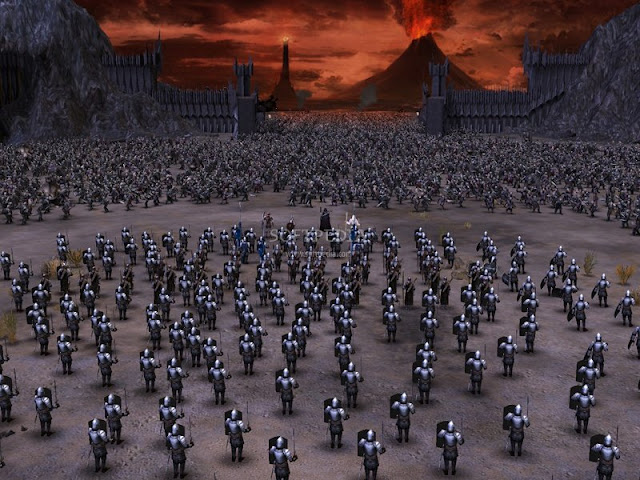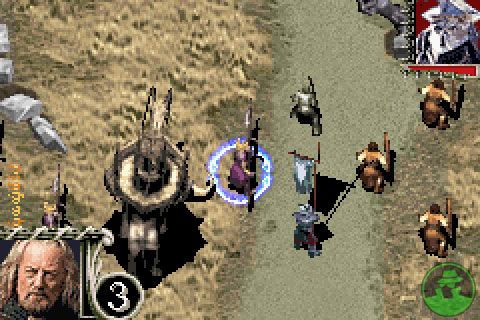Retro Reflections by Matt S.
Back in 2001, when the first The Lord of the Rings film was released to cinemas, the world got hit with a new wave of complete love and fascination for J.R.R. Tolkien and his brilliant, important, fantasy masterpiece.
Suddenly people were re-discovering the books all over again. New Zealand, where the films were shot, had a whole new angle for tourism: “come and see where the biggest film trilogy of all time was made!” People dressed as elves, hobbits and orcs alike turned out in droves to pop culture conventions. And, of course, there were games. Lots and lots of games.
An odd licensing deal meant that there were actually two publishers that shared rights to The Lord of the Rings. EA had the rights to the film trilogy, exclusively, and could produce games set in the exact settings, as envisioned by Peter Jackson in making the film. Warner Bros, meanwhile, had the rights to the fiction itself. It meant that there was a deluge of Lord of the Rings titles for a few years there, across every platform known at the time, and this continued until EA let the license go, and all rights reverted to Warner Bros.
Sadly, for the sake of the games, that went the wrong way. Looking back at the titles that were produced before and since, EA had an absolutely marvellous understanding on how to make a good Lord of the Rings game. Warner Bros. did not. The only titles that Warner Bros has been able to produce to any quality at all that have been set in Middle-Earth have been a glorified Assassin’s Creed clone (Shadow of Mordor) and a MOBA (Guardians of Middle-Earth). These are both fine games, but also both particularly poor at properly capturing the unique setting and structure of Tolkien’s work. When we look back at what EA produced… man, those were some good games.










